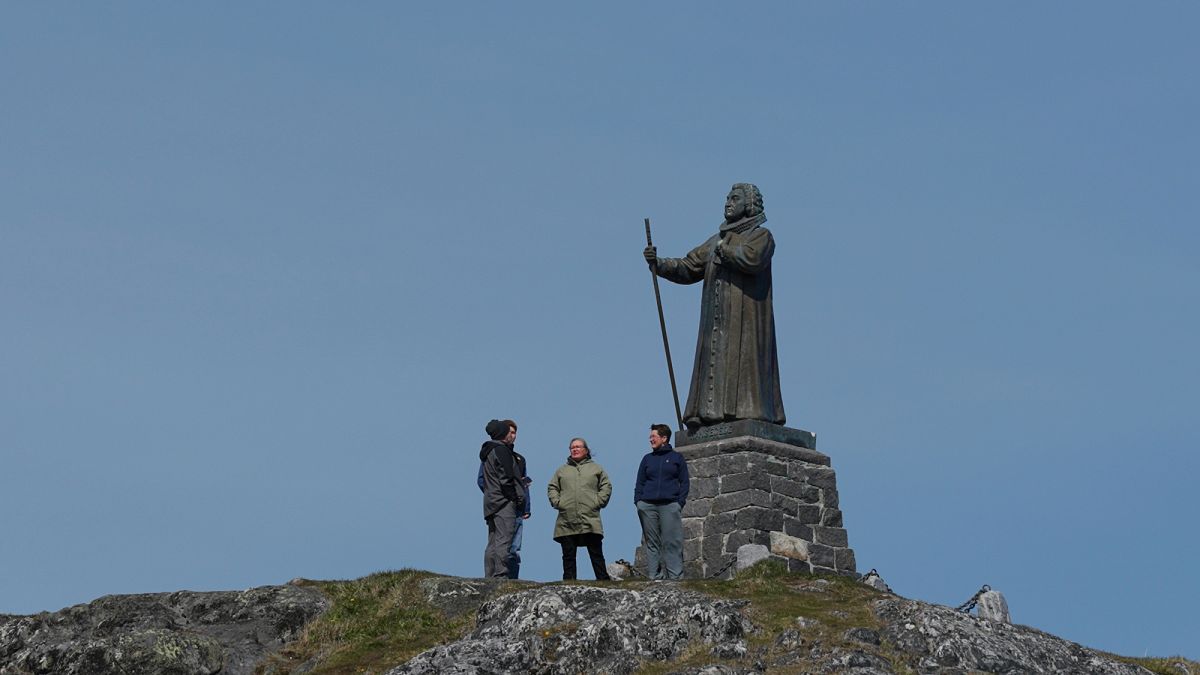

In the ever-evolving tapestry of global events and advancements, several noteworthy stories illuminate the path forward, highlighting the changing landscape of resource management, cultural preservation, and environmental stewardship. From the pristine expanses of Greenland to the historic halls of a Hungarian abbey, and from the verdant heart of Congo to the bustling beaches of Europe, each narrative weaves a tale of change, challenge, and resilience.
Greenland has emerged as a significant frontier in the global race for critical minerals, crucial for the technology and renewable energy sectors. European countries, along with the United States, are intensifying their efforts to procure these vital resources while reducing their dependence on China. This shift underscores a growing awareness of sustainable resource extraction, aimed at maintaining ecological balance while meeting technological demands.
In a contrasting vein of preservation, the medieval library at Pannonhalma Abbey in Hungary faces its own set of challenges. Founded in 996, the abbey safeguards Hungary’s oldest collection of books and historical records. This cultural treasure trove currently battles a beetle infestation, threatening the integrity of its irreplaceable holdings. The situation highlights the delicate balance of conserving heritage in the face of natural adversities, with efforts ongoing to protect these vital links to the past.
Meanwhile, in the Congo, the intersection of energy needs and food security tells a complex story. EU biofuel projects in the region, intended to harness degraded lands for fuel production, raise concerns about food security, especially given the region’s urgent need for increased local food production. As global energy demands grow, this situation exemplifies the dialogues necessary to reconcile development with essential human needs.
On European shores, the call to mindfulness extends to public health and safety as beachgoers prepare for summer’s peak. The presence of Vibrio bacteria, particularly prevalent in the Baltic Sea, poses potential risks to health. Such occurrences remind us of nature’s dynamic character, urging both vigilance and respect for the sea’s vital ecosystems.
Germany’s ecological narrative takes a different angle, focusing on the role of invasive species such as raccoons, which, despite their endearing appearance, pose challenges to local biodiversity. The ongoing management of these species illustrates the broader efforts to preserve native ecosystems while addressing the complexities introduced by changing climates and human influence.
In the United Kingdom, the increasing frequency of extreme heat events and flooding aligns with broader climate change trends observed globally. The reality of record-breaking weather patterns raises important questions about infrastructure resilience and societal adaptation. As these phenomena become more frequent, efforts to mitigate their impacts become increasingly vital to public health and social stability.
Across the Atlantic, the grandeur of the Grand Canyon has not been untouched by global climate impacts. Recently, two fast-moving wildfires consumed over 45,000 acres, including the historic Grand Canyon Lodge on the North Rim. These fires not only reflect the imperatives of climate adaptation but also the enduring spirit of rebuilding and conservation that follows such events.
As we navigate these diverse stories, the overarching theme remains clear: the world continues to evolve, challenging us to adapt and act with awareness, innovation, and compassion. Each account, whether it concerns mineral extraction, ecological preservation, or climate response, offers a lesson in balance and highlights the interconnectedness of our global community.
Source: {link}
